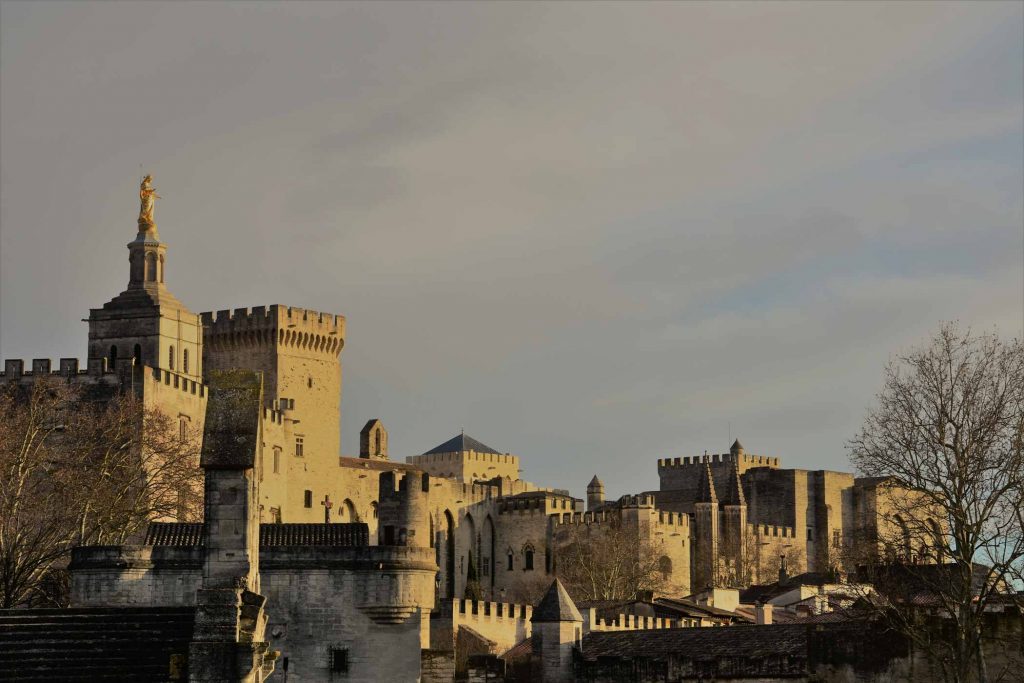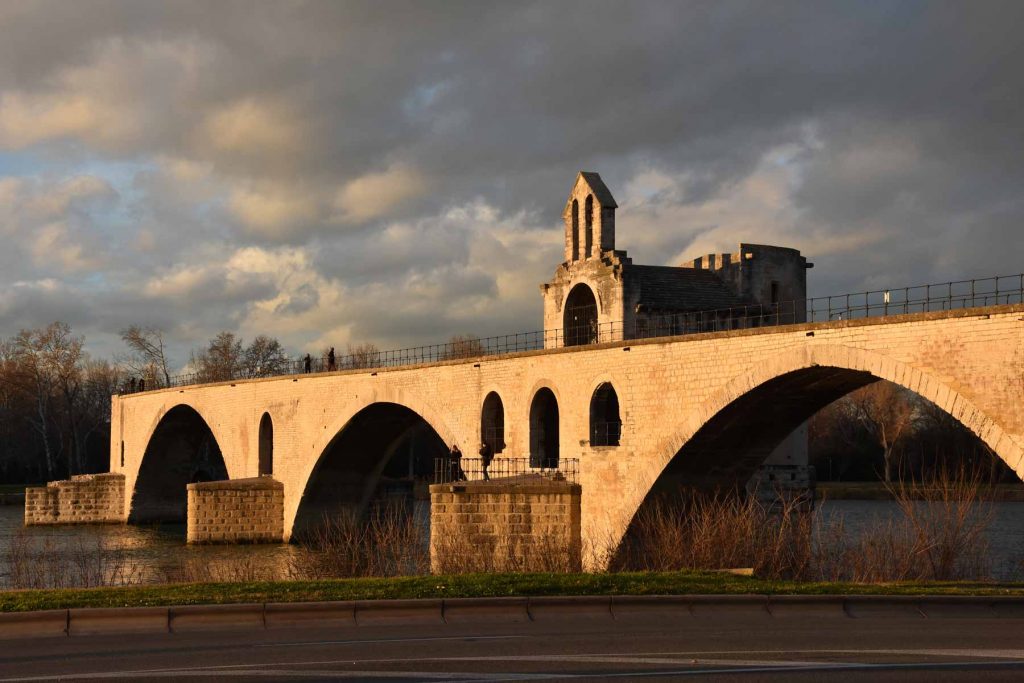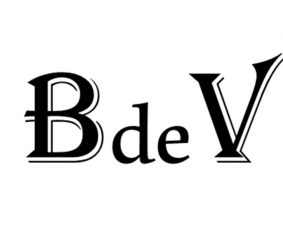Avignon is a 30 minute drive south-west and is well worth a visit. Admittedly past its peak, in the C14th the city took over from Rome as the centre of Christendom and was the home to a succession of seven French popes, the city remains marvellous and obviously steeped in history. Highlights include the papal palace, the pont d’Avignon (Pont St. Bénézet), the obligatory wander through the old town, the Roches des Domes gardens and a very lively and diverse arts festival in July.
There is a fair amount of well sign-posted parking, directions for which also give numbers of places available. The first exit for the city takes you along the Rhone to the heart of things but, if you want to go to the Parking des Italiennes – large and free – keep on the by-pass until the 4th exit (it’s signposted). This parking area offers a shuttle bus to the centre but it is only about 15 minutes to walk.
The papal palace is the largest gothic structure in the world. The self-guided tour through very large, grand, empty rooms and chapels is brought alive with your “histopad” – an i-pad given with your admission ticket packed with lots of interesting information and mock-ups of how the rooms would have looked in by-gone days. Take 5 minutes at the beginning to figure out how this works or you might spend the whole visit struggling with technology rather than enjoying the pomp.
You can save a couple of euros by buying a combination ticket that includes a visit to the pont d’Avignon, which is worth it if just for the views and the story of the bridge’s construction (and collapse).
It’s also possible to get a train to Avignon from Carpentras, easing the stress at peak times, but the trains finish fairly early in the evening.
Plenty of options for eating and drinking. We have good reports of the Cul de Poule (not, as you might surmise, something to do with a chicken but “goose bumps”) on the route between des Italiennes and the centre.

Palais des Papes 
Pont St. Bénézet

